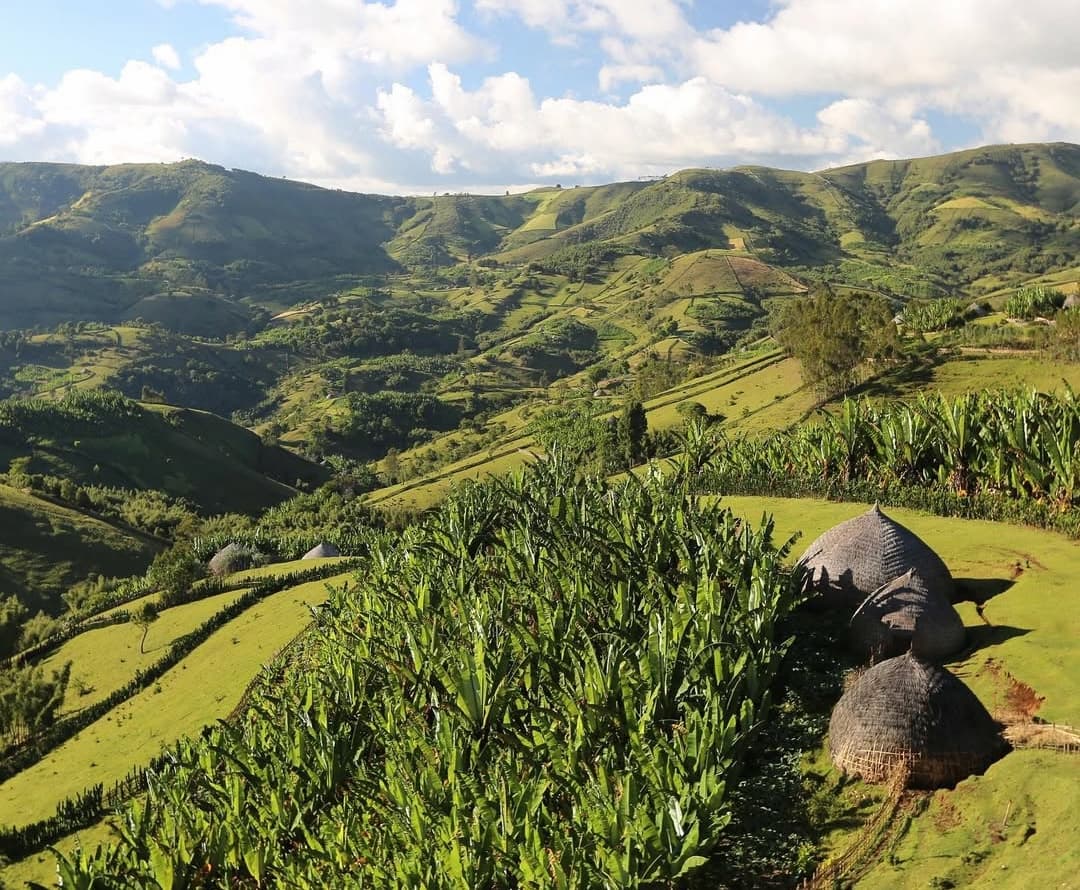NORTHERN REGION
In the Northern Region of Honduras, coffee cultivation thrives in the mountainous departments of Yoro and Santa Bárbara, where high altitudes, cool temperatures, and frequent cloud cover create an ideal environment for producing high-quality Arabica. Elevations typically range from 1,100 to 1,700 meters above sea level, and the presence of lush cloud forests helps regulate temperature and humidity, promoting slow coffee cherry maturation and complex flavor development. Coffees from this region are known for their medium acidity, round and balanced body, and flavour notes of chocolate, nuts, and mild fruit. These attributes result in smooth, comforting cup profiles that appeal to both specialty roasters and mainstream buyers.
Santa Bárbara, in particular, has earned international recognition as one of Honduras’s premier coffee-producing zones. Its unique microclimates created by the influence of Lake Yojoa and surrounding mountains, yield coffees with remarkable sweetness and structure. Many farmers in Santa Bárbara work in smallholder cooperatives, focusing on micro lot production, careful post harvest processing, and innovation in fermentation methods—all of which contribute to the region’s reputation for producing award-winning coffees that often excel in competitions like the Cup of Excellence.
To the southeast, the El Paraíso region, bordering Nicaragua, is another vital hub of Honduran coffee production. This region’s altitudes, generally between 1,000 and 1,500 meters, along with moderate rainfall and fertile volcanic soils, produce coffees that are smooth, sweet, and well-balanced. Typical flavour profiles include mild acidity, medium body, and notes of caramel, honey, and citrus, with a clean, pleasant finish. El Paraíso has become known for its consistency and approachable sweetness, often making it a preferred origin for specialty blends and single-origin offerings alike.
Both the Northern and South-eastern regions exemplify the diversity and quality of Honduran coffee. While the Northern highlands deliver rich, chocolate-toned cups shaped by cool, misty forests, El Paraíso offers a softer, sweeter expression of Honduran terroir—highlighting how climate, altitude, and traditional farming practices combine to create the country’s broad and distinctive flavour spectrum.

